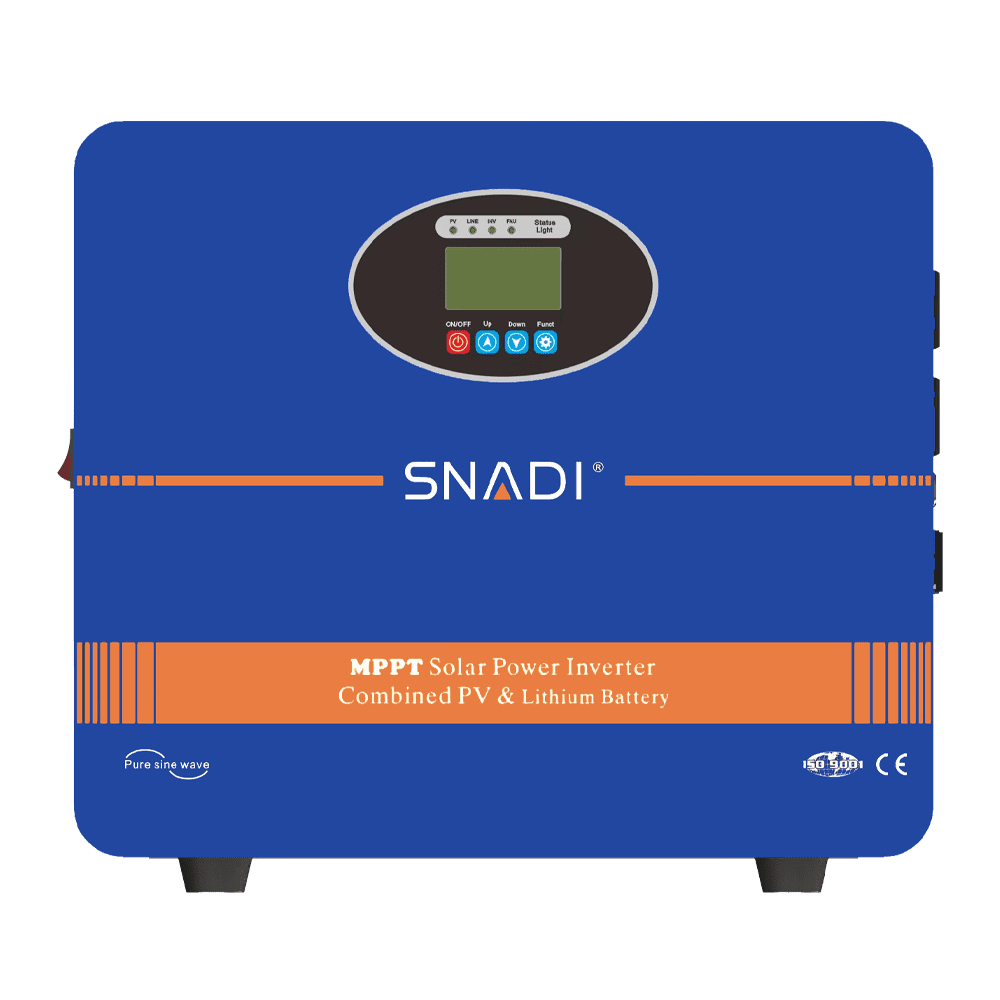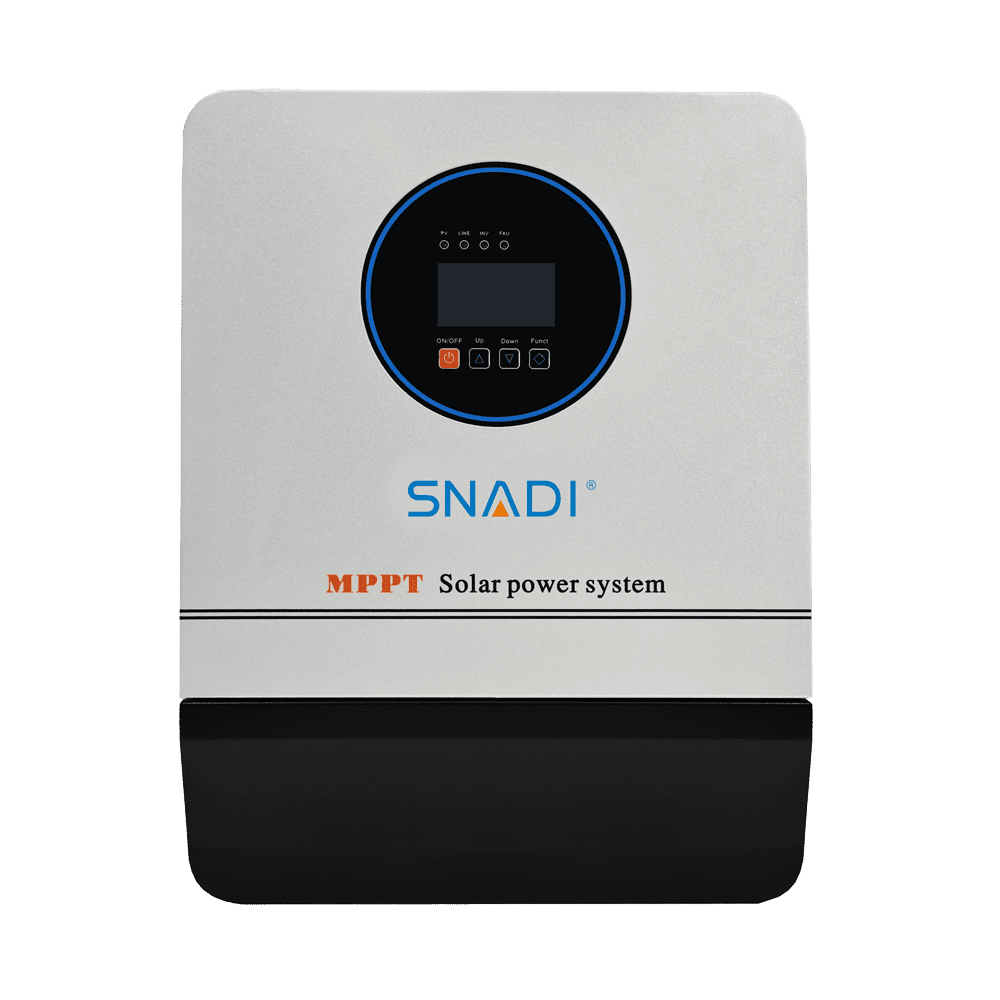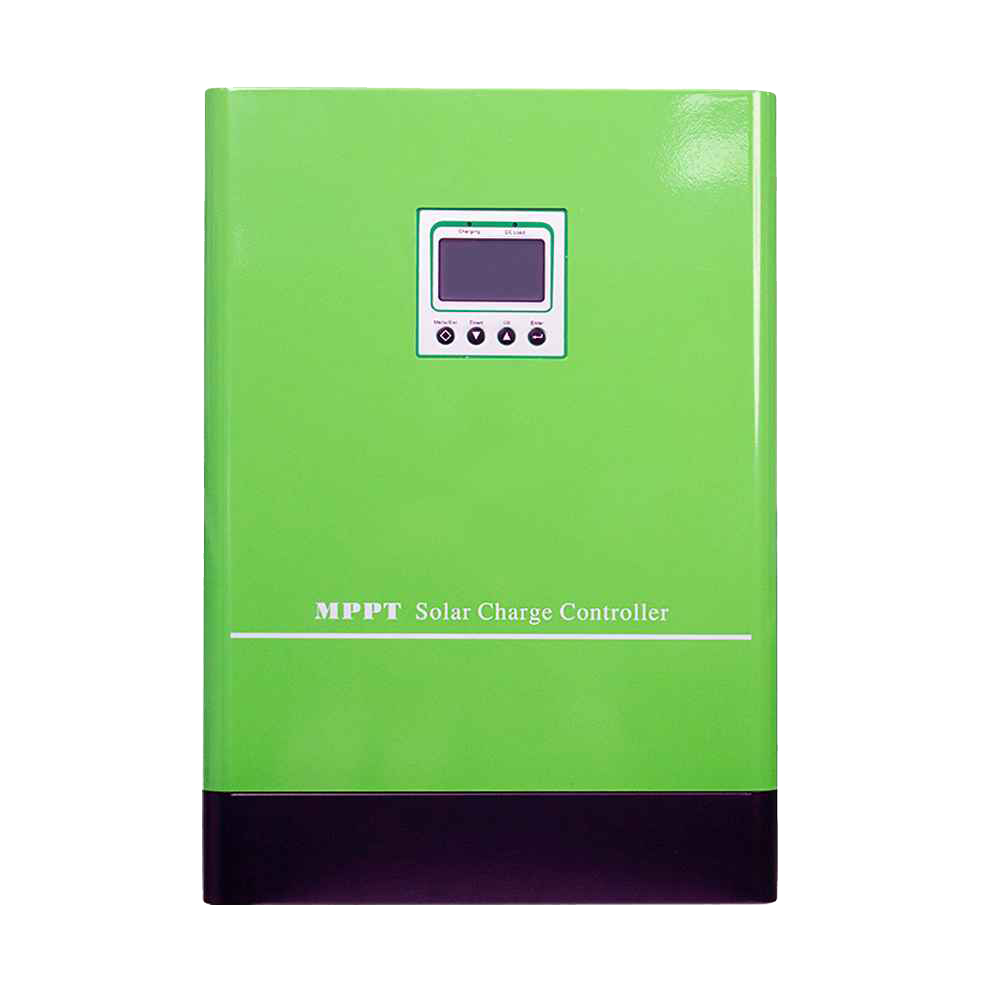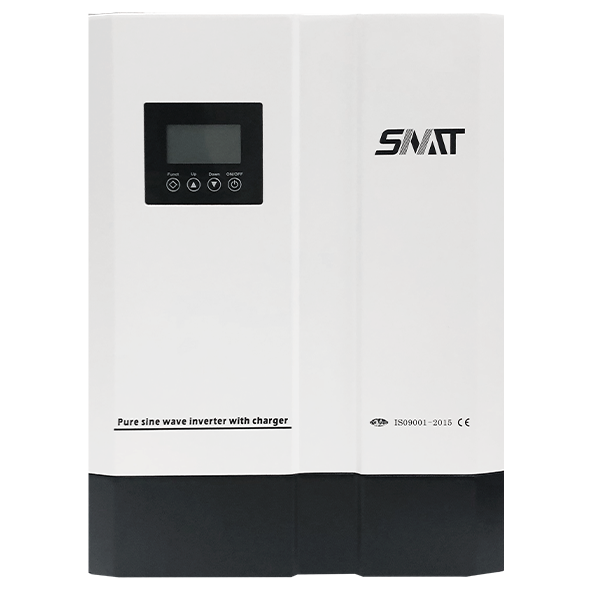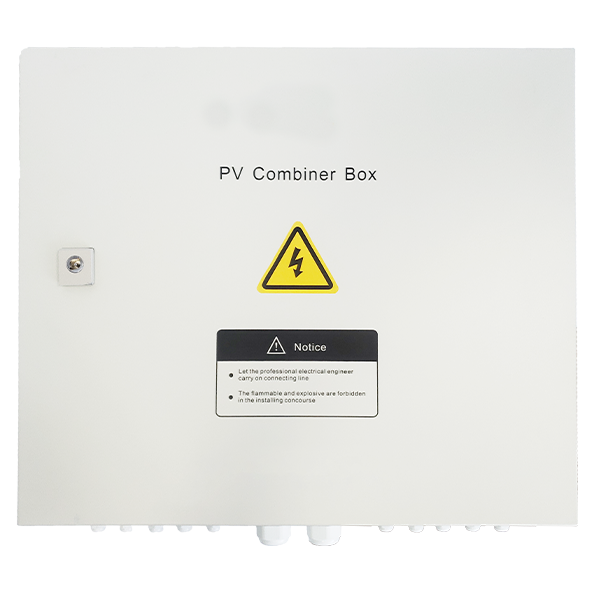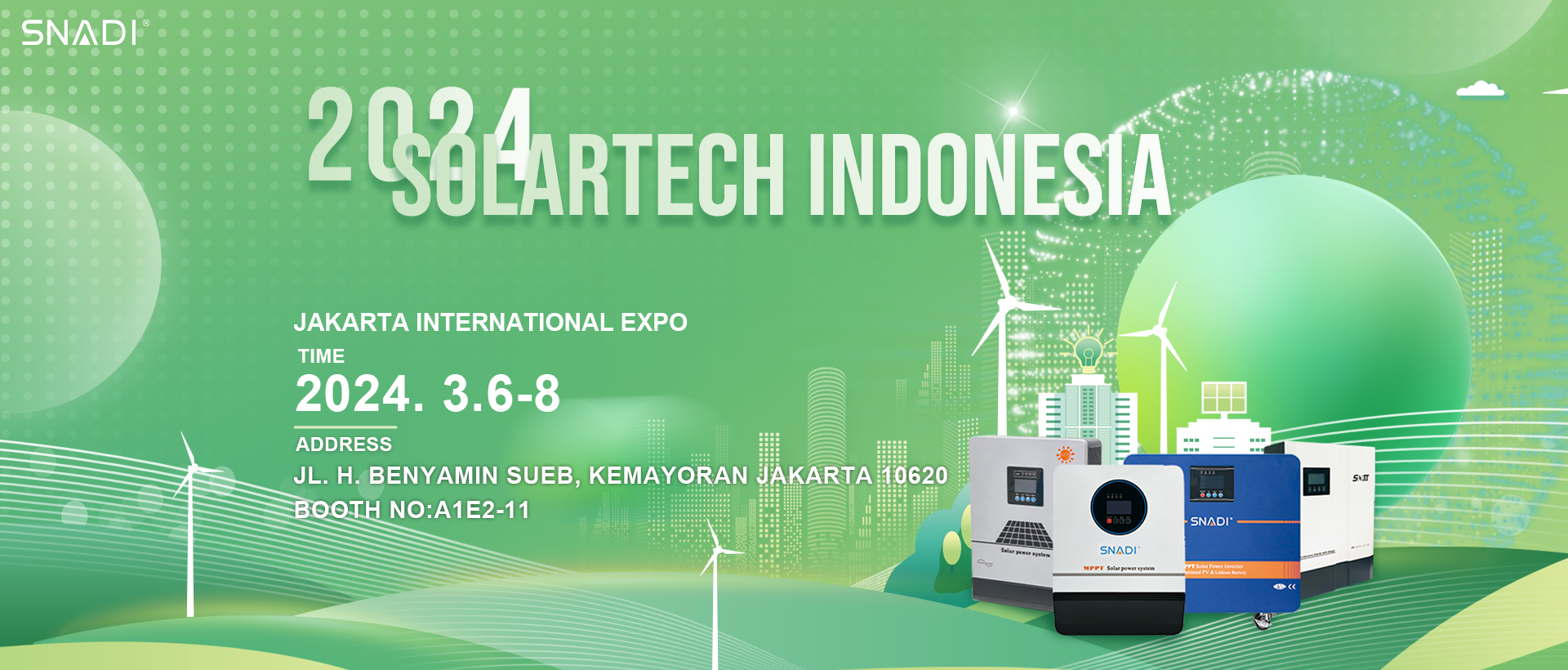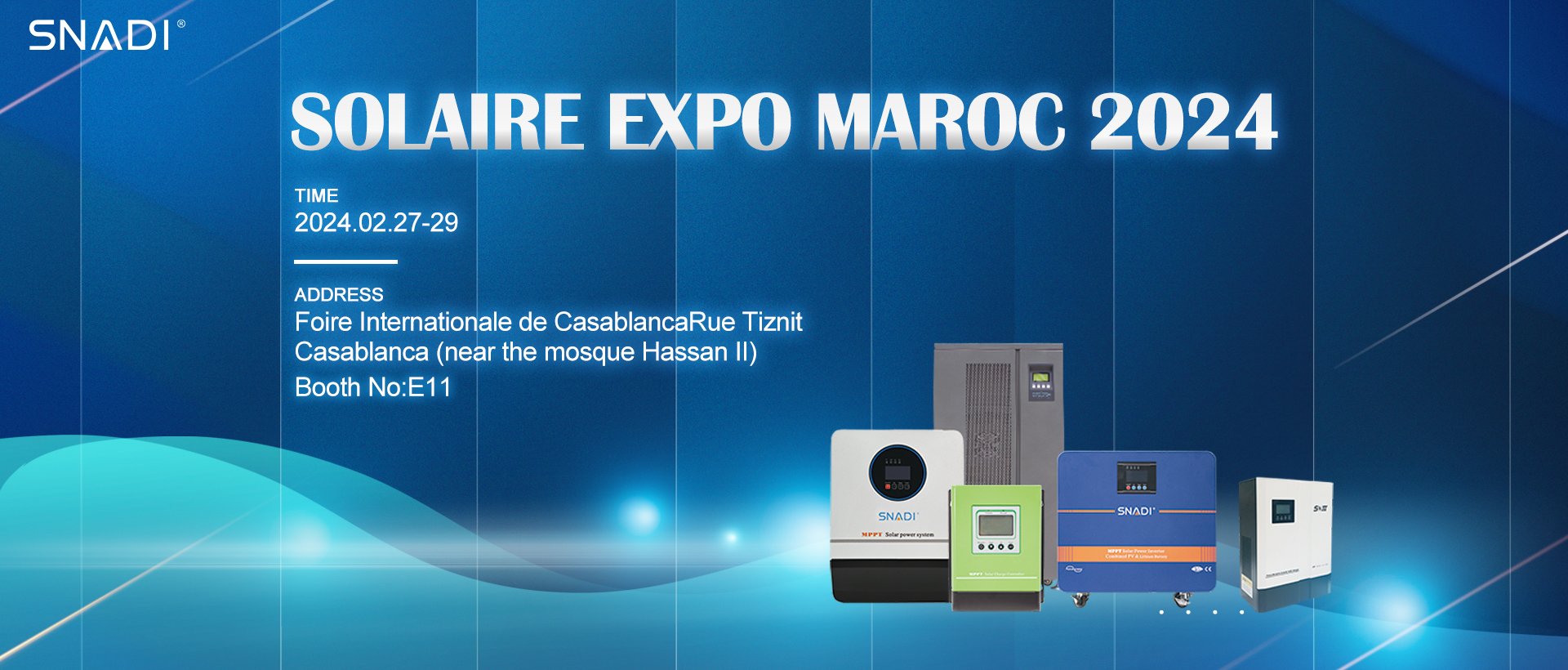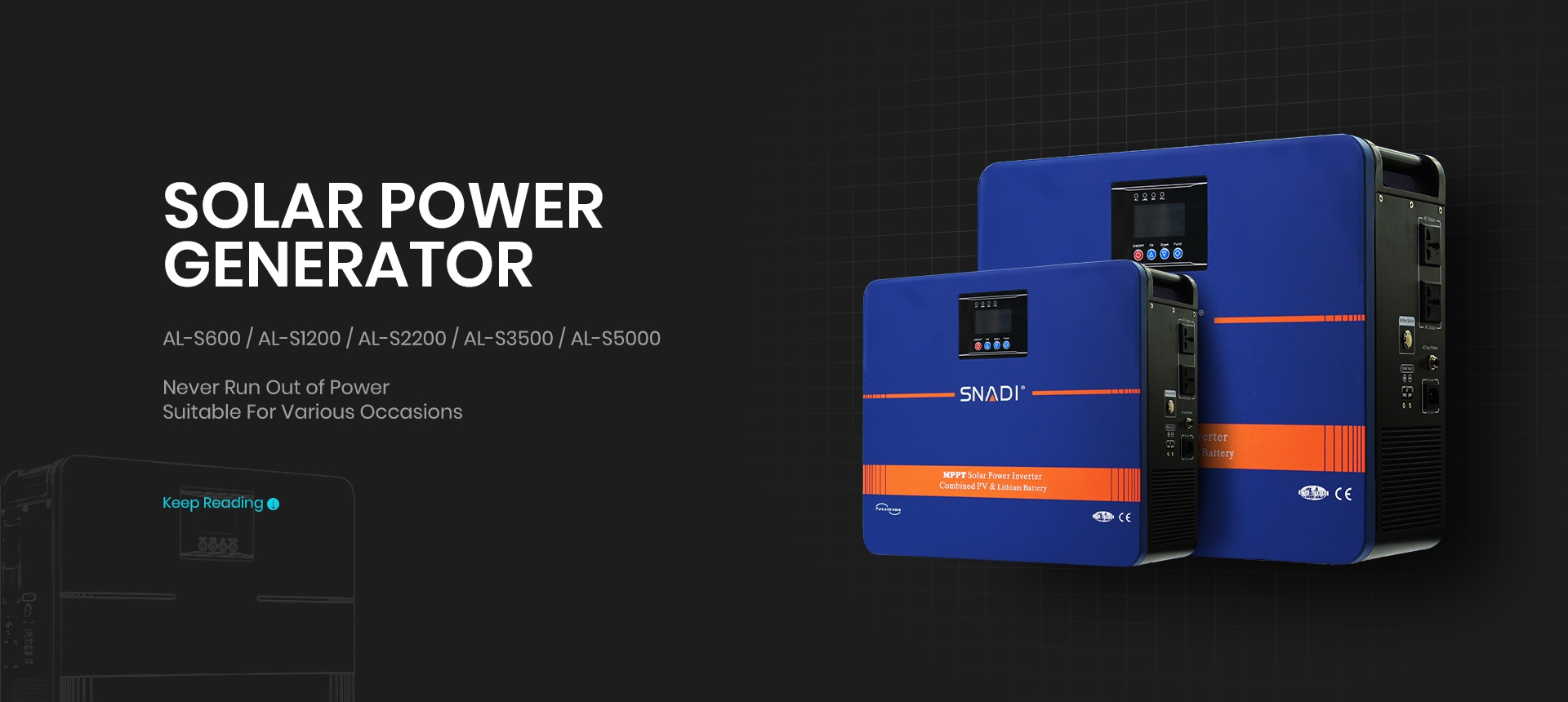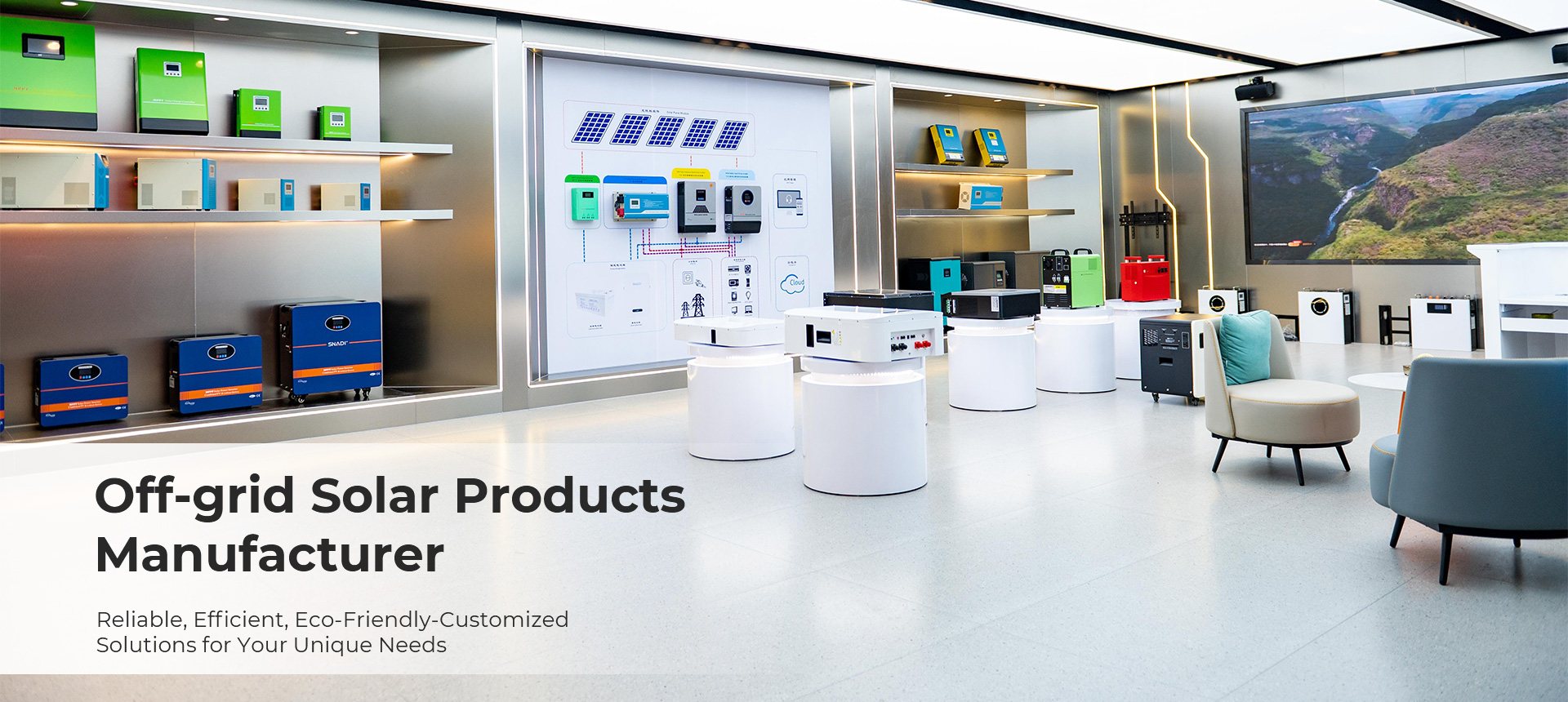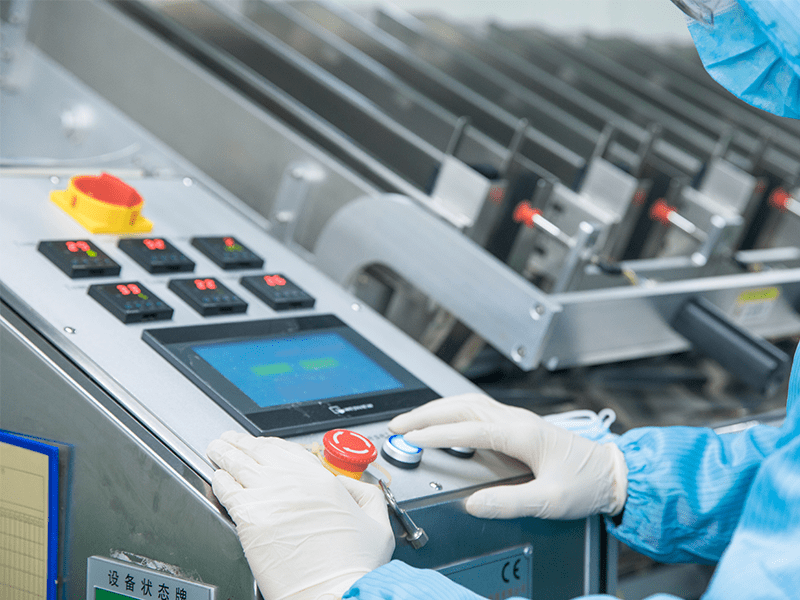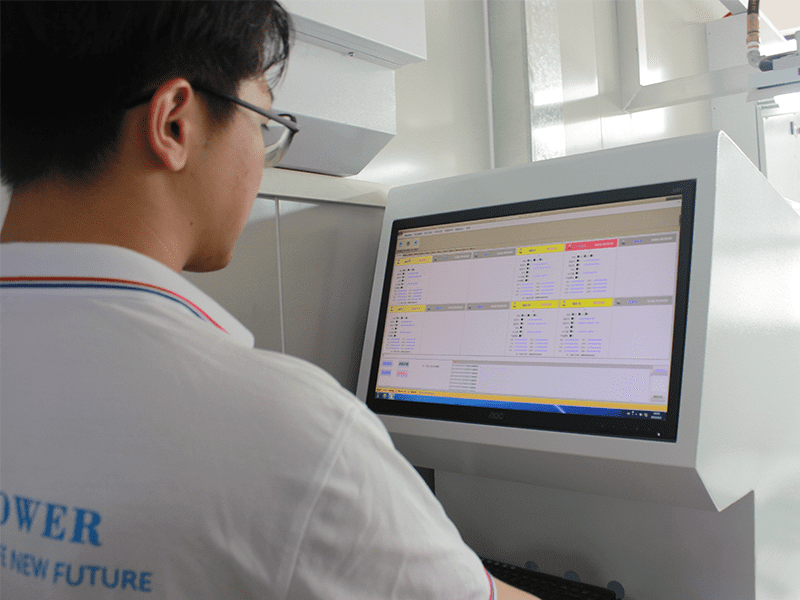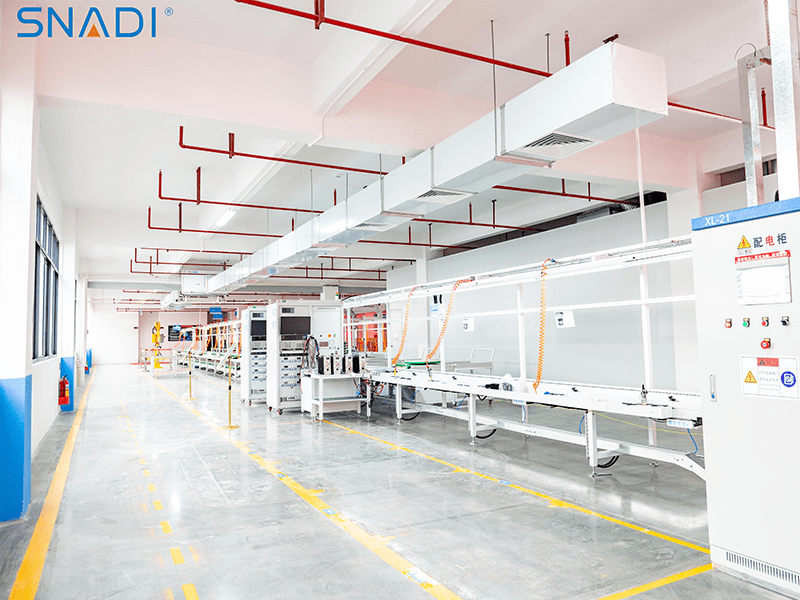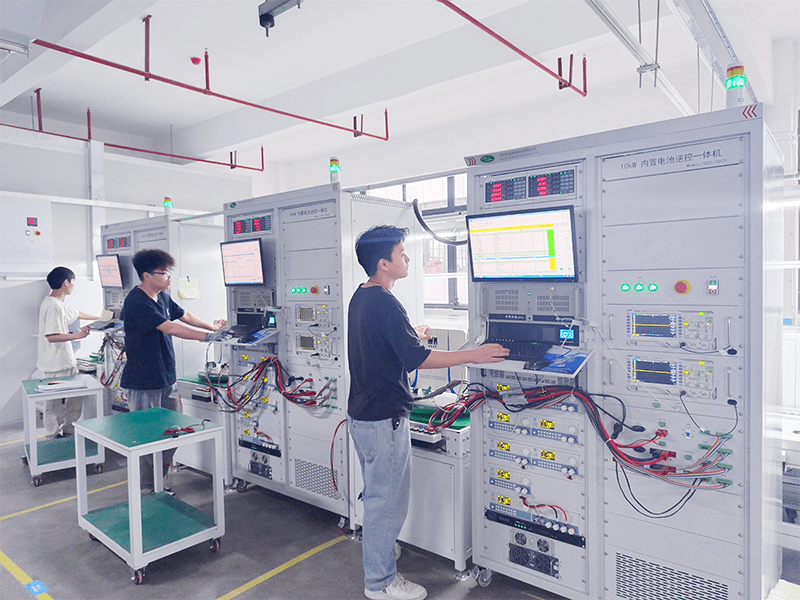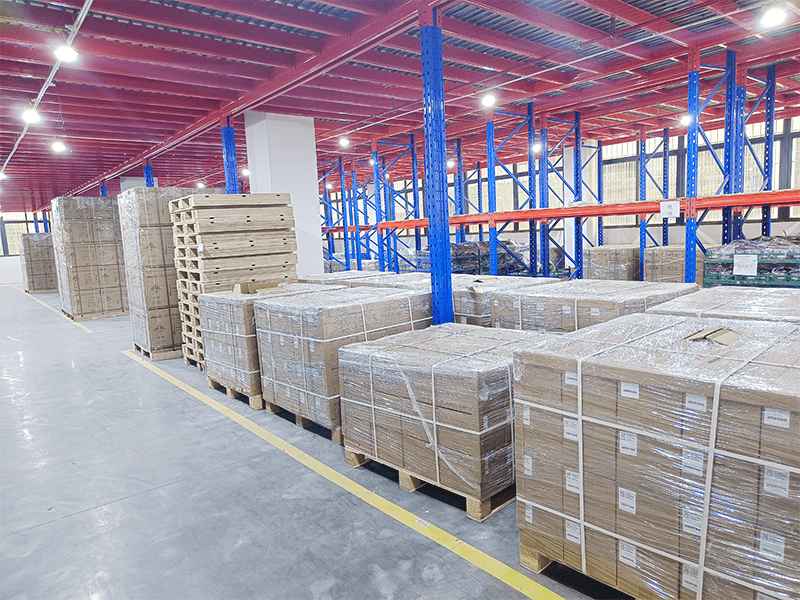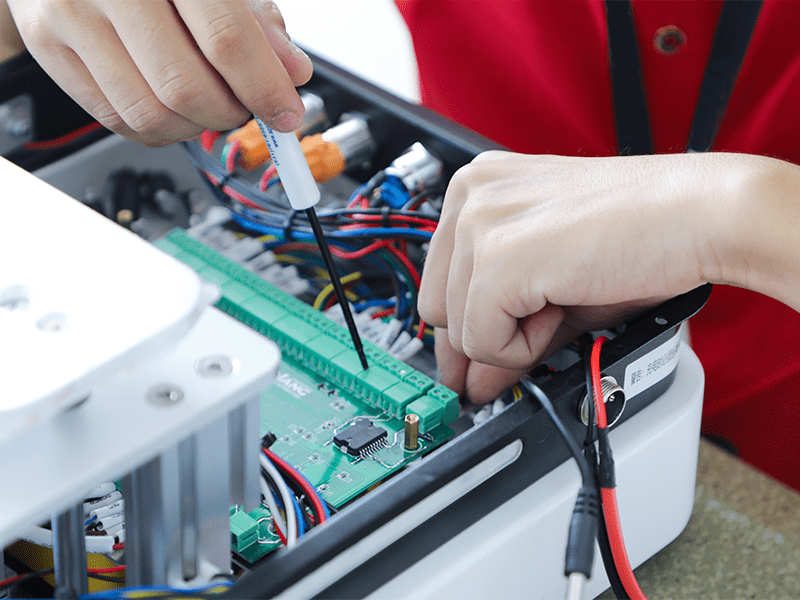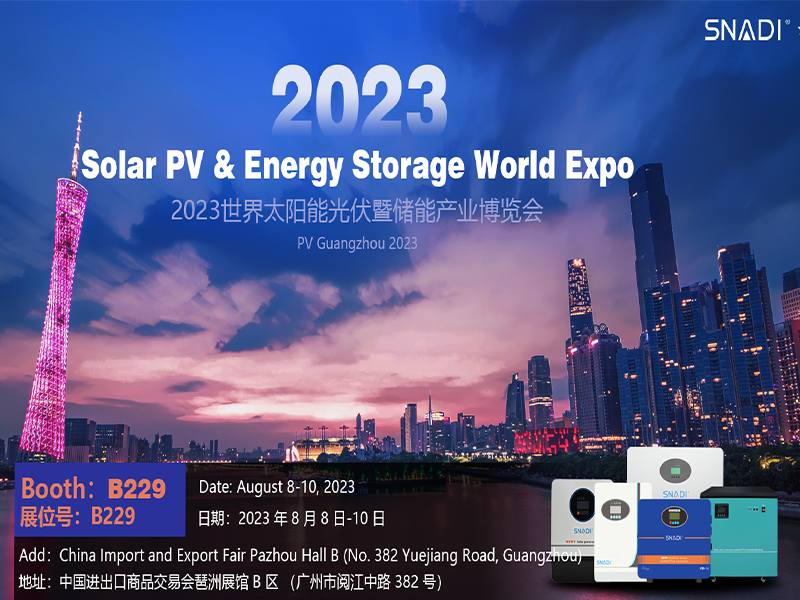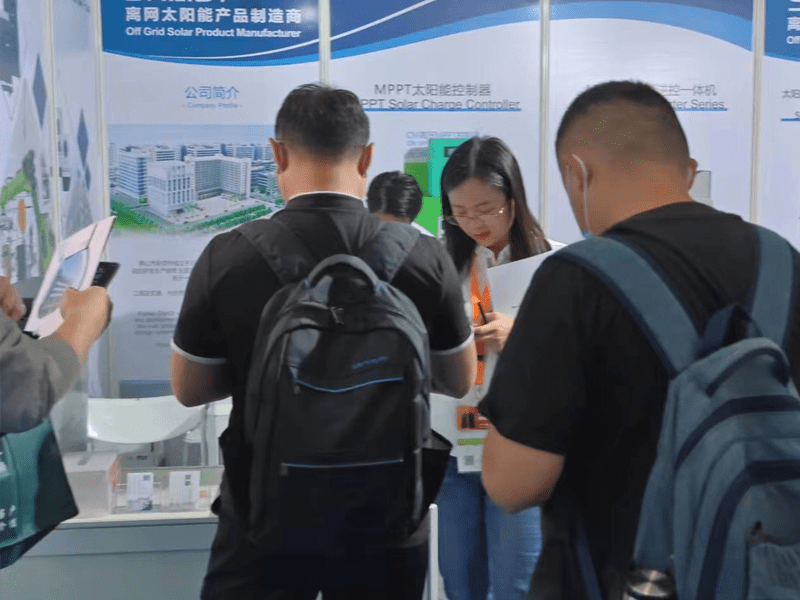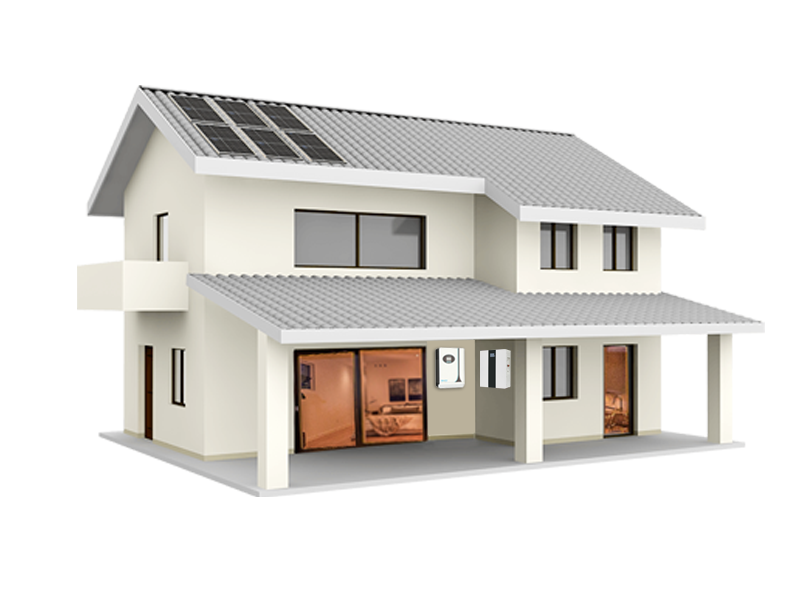Reliable.Sustainable.Renewable
Off Grid Solar Products Manufacturer
Foshan SNAT Energy (SNADI Solar) Electrical Technology Co, LTD. focus on solar power system manufacturing over 13 yearswith hundreds employees. Specialized in producing off-grid solar inverters, Solar charge controller, Solar energy system,PV combiner box. Supplying a lot of OEM to clients over the world. Winning good reputation among customers.At the same time, SANDI not only providing the standard solar energy system, but also the customized solar energy system.
30
Technical Engineer
25,000
Employees
300
Employees
10
Automatic Production Lines
50000
Monthly Production
Products We Manufacture
Here, we offer choices to cover all kinds of needs in sound experience at affordable prices to grow your business and empower your brand.
Suitable For Different Occasions
Spring into energy independence with solar
-
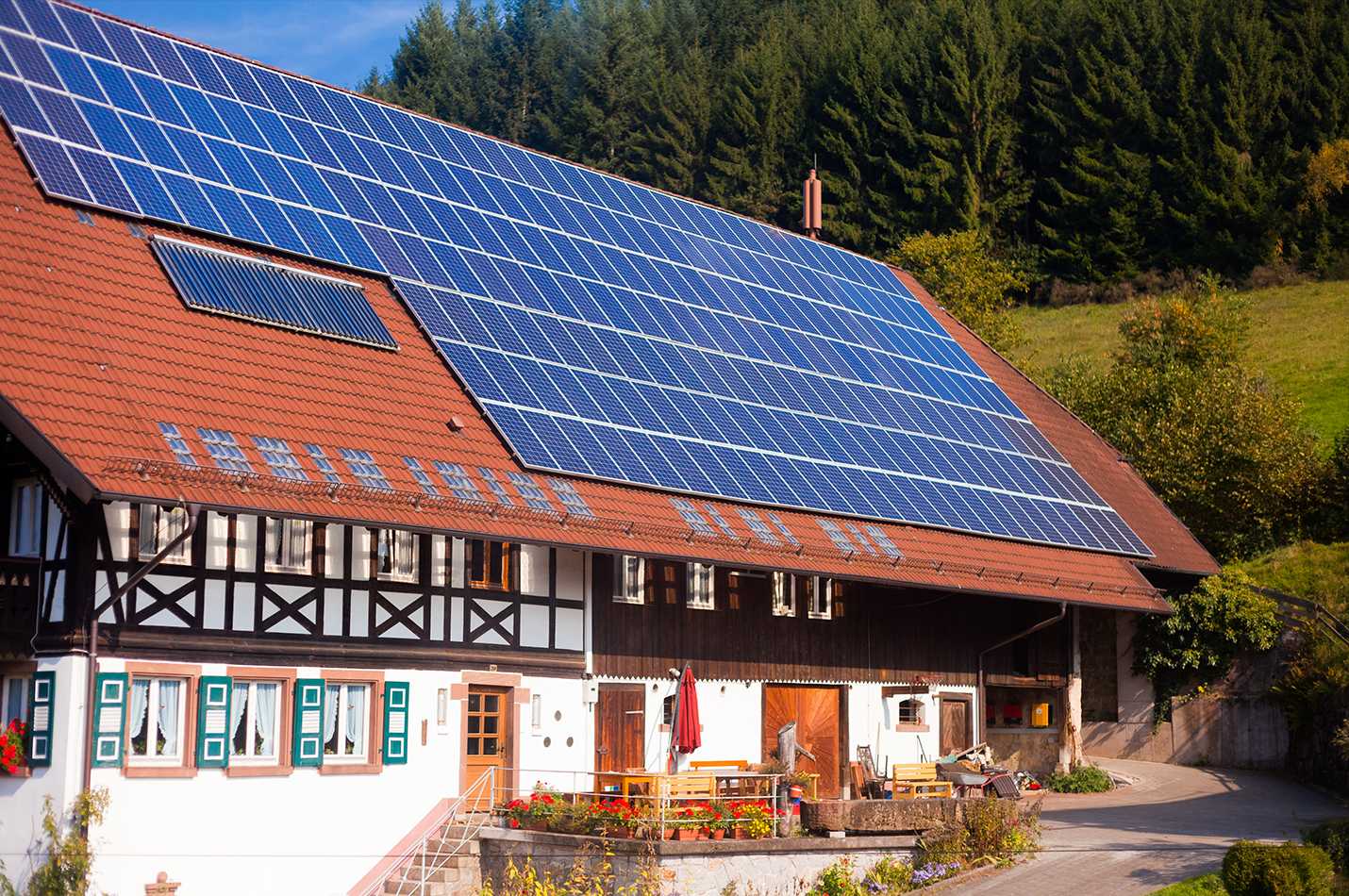
Household Energy Storage System
Stacked and Wall-mounted Household Energy Storage
-

Industrial & Commercial ESS
One-stop solution for customized energy storage system integration
-

RV Caravan Travel
Outdoor solar generator for camping
-
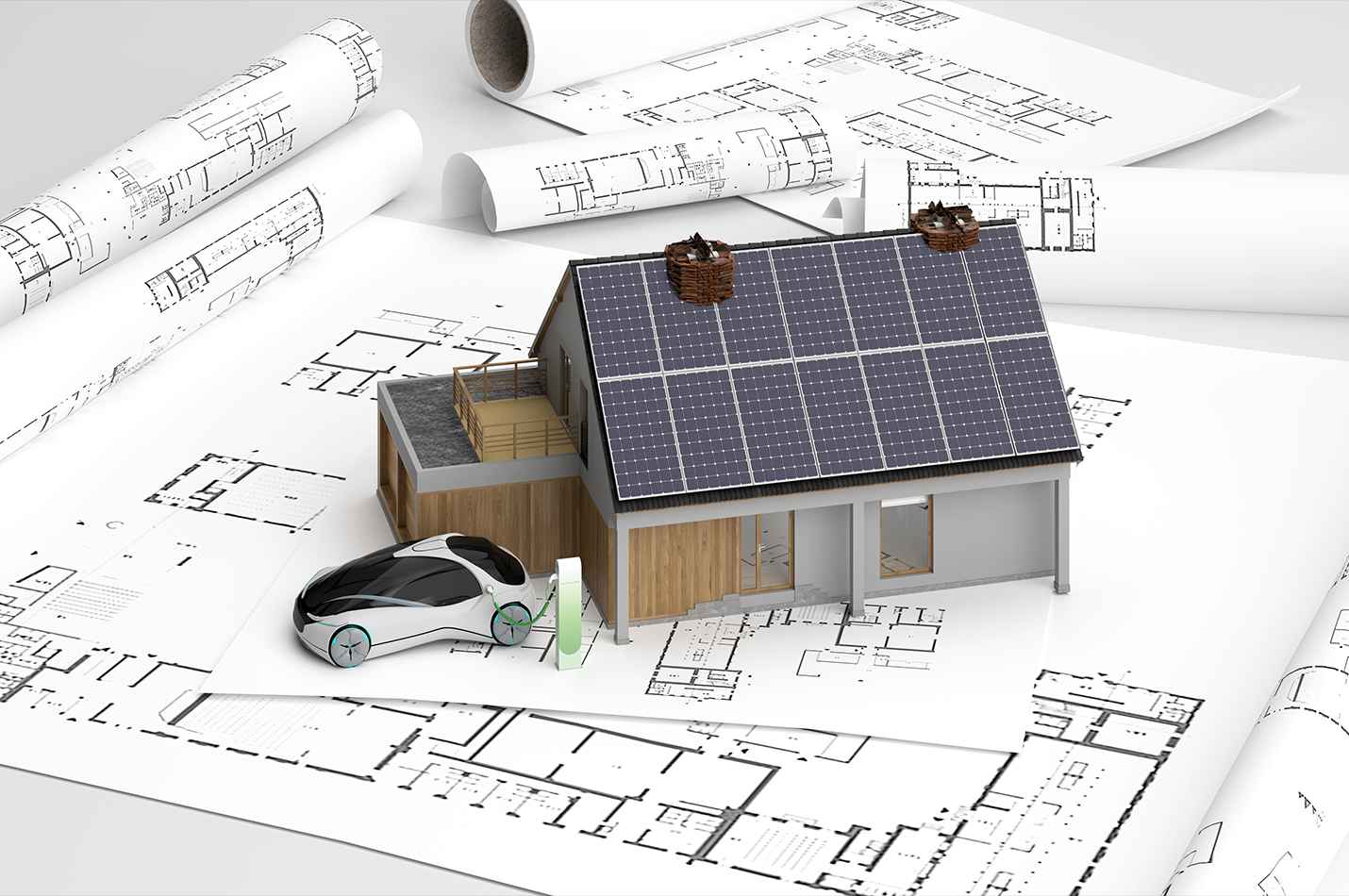
Customized
Custom Engineering For Any Application
WHY WE'RE TRUSTED BY
Brand Owner/Distributors/Wholesalers From a reliable manufacturer
OUR BLOG
SNADI maintains a carefully curated blog page that helps clients make the best decisions for their businesses with the latest information from reliable sources.




